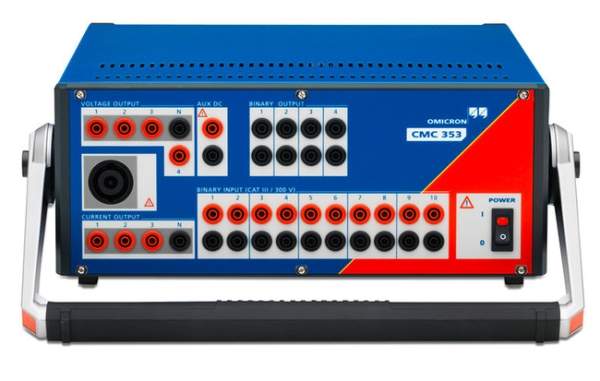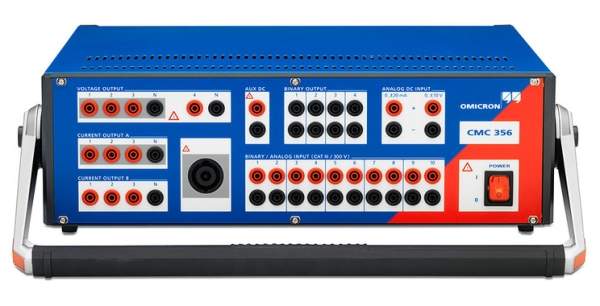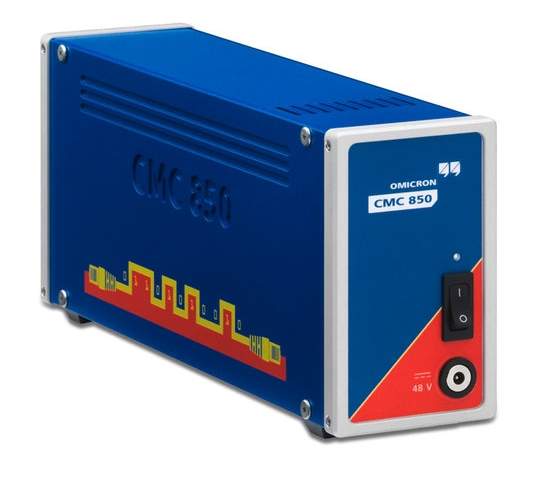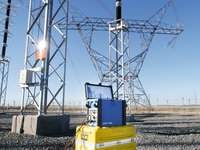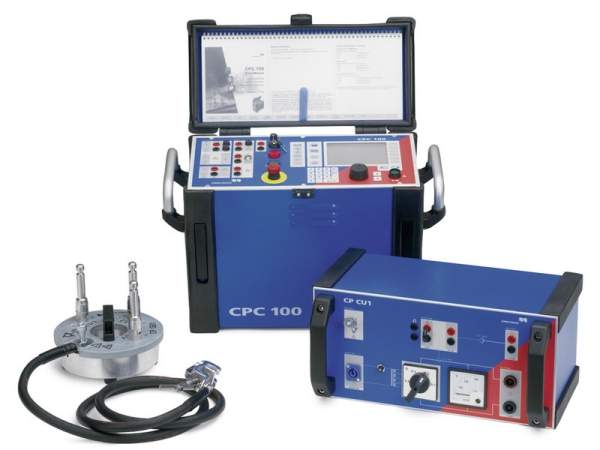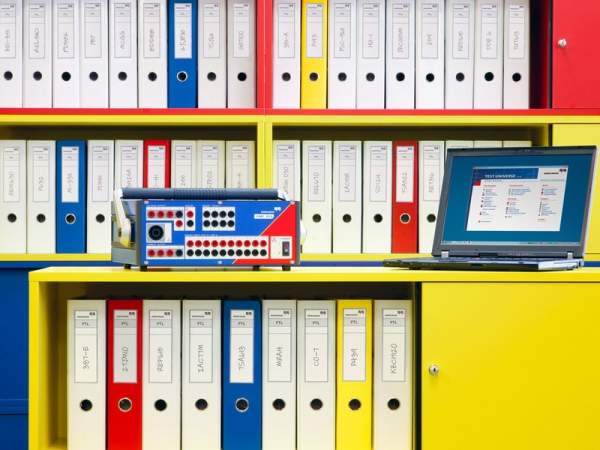OMICRON is an international company serving the electrical power industry with innovative testing and diagnostic solutions.Customers in more than 140 countries rely on OMICRON’s ability to supply leading-edge technology of excellent quality. Service centres on every continent provide a broad base of knowledge and extraordinary customer support. Together with our strong network of sales partners, it is easy to see why our company is a market leader in the electrical power industry.
Efficient rail protection systems
The most common method of monitoring overhead lines is through the use of distance relays and fault location equipment, which are located within substations across the railway network. These protection devices look for any significant change in the impedance of the overhead line arising from a fault.
For the effective protection of people, trains, the network itself and the rapid restoration of supply, it is critical that these devices accurately determine the location of a fault, allowing it to be quickly identified and selectively cleared.
To complicate matters, the system must not be fooled by the large power demands occurring when trains are starting or accelerating, which appear similar to a fault when seen by the protection device. For this reason the testing and setting of relays is of the utmost importance.
Secondary testing
OMICRON launched its first test system in the early 1990s to provide compact, highly accurate equipment. The results from this system gave users confidence in the correct operation of their protection systems through secondary injection testing.
As a result of subsequent developments, primarily for the testing of transmission and distribution utility networks, the CMC line of equipment has been developed and improved so that its computer-controlled hardware now provides completely automatic testing, offering significant time savings over conventional devices.
The software allows the injection of signals representing pre and post-fault conditions on the catenary system. It provides an assessment of the relay’s settings, checking its reach and providing an automatic search to determine its operating characteristic.
Additional capabilities include multifunctional testing (back-up overcurrent etc.), direct entry of relay parameters from which the test values and assessments are calculated and fully-automated templates from the OMICRON Protection Testing Library (PTL), giving access to prepared test plans and relay models from various manufacturers.
With innovation at the heart of OMICRON, it has developed the world’s first protection test set dedicated to IEC 61850: the CMC 850. The product focuses on the real-time communication methods, GOOSE and Sampled Values, to interface with the devices under test. The test set is controlled by OMICRON’s proven Test Universe software. Beyond this, the CMC 850 offers several embedded functions, which are accessible through a web interface, simply by using a standard web browser.
Primary testing
OMICRON also offers a primary testing product line. The test system, based on the CPC 100 device, allows the undertaking of relevant impedance measurements of the overhead line system in a single portable unit, which ensures that accurate settings of the distance protection are possible.
By injecting power at frequencies between 15Hz through to 400Hz and obtaining the results using digital filter algorithms for selective measurement, it can ensure that induced noise signals from the mains frequency do not influence the result. This means that excessive power is no longer needed to overcome interference and, as a result, the equipment is much smaller than equivalent products.
The OMICRON test solution ensures that the protection is correct for the system that it is applied to; therefore, it effectively protects the railway overhead line system by accurately locating and quickly clearing faults.
The combination of these products ensures confidence in the reliability of the overhead line protection system and in the ability to achieve a secure railway protection system.


